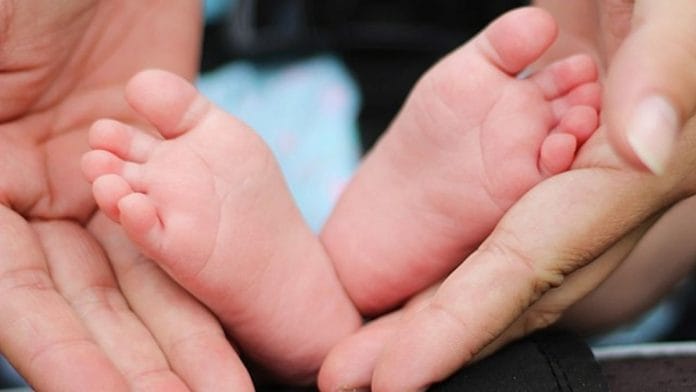We’re often told that diseases don’t discriminate, but in the case of COVID-19, that has not been the case. Not only did the pandemic itself cause huge hardship and disruption, but according to a new report the fallout from the pandemic is having a disproportionate effect on the world’s most vulnerable people: women, children and older people.
The Care at Work report by the International Labour Organization (ILO) provides an overview of national laws, policies and practices on various types of care, including maternity and paternity care, looking after children and long-term age-related care.
It highlights how workers doing certain jobs fall outside the scope of various legal protections in these areas. The self-employed, migrants and workers in the informal economy – as well as adoptive and LGBTQI+ parents – are among those who miss out.
The ILO also says the under-provision of care services has left hundreds of millions of workers without adequate support.
Creating care, creating jobs
A significant uptick in care provision could create 299 million jobs by 2035, accelerating the post-COVID global economic recovery, the report says. It estimates that women would hold 78% of these new jobs and 84% would be formal employment.
But transformative investment in gender-equal leave, universal childcare and long-term care services is needed to make that happen. An estimated $5.4 trillion per year will be required worldwide by 2035, but some of this could be offset by increases in tax revenue from the additional earnings created by these new roles.
The ILO believes such investment would reap substantial rewards.
“We need to rethink the way we provide care policies and services so that they form a continuum of care that provides children with a good start, supports women to stay in employment and prevents families or individuals falling into poverty,” says the Director of the ILO’s Conditions of Work and Equality Department, Manuela Tomei. “Plugging these care gaps should be seen as an investment that not only supports health and livelihoods but fundamental rights, gender equity and greater representation too.”
The gender care gap
The ILO’s findings echo other research. A survey by McKinsey said that employed women who were already doing a “double shift” before the pandemic – working full-time while also doing more housework and childcare than men – became even more burdened as a result of lockdowns. Mothers were three times as likely as fathers to do most of the housework and caregiving during COVID, it says.
The World Economic Forum said last year that the pandemic increased the estimated time needed to close the global gender gap to 135.6 years from 99.5 years. Progress on gender equality has slowed in many large economies partly due to women being disproportionately employed in sectors hit hardest by COVID-19.
This comes on top of the additional pressures of having to also provide care at home.
Here are some key findings from the ILO report:
Maternity leave shortfalls
One in three women of reproductive age worldwide do not receive benefits in line with the key requirements of the ILO’s Maternity Protection Convention, the report says. The Convention mandates 14 weeks of minimum maternity leave, with recipients on at least two-thirds of previous earnings, yet 82 of the 185 countries surveyed did not meet at least one ILO standard. Almost three in 10 potential mothers live in the 64 countries where maternity leave lasts less than 14 weeks.
More paternity leave needed
Last year, 115 of the 185 countries the ILO report covers offered a right to paternity leave. But almost two-thirds of potential fathers – that’s 1.26 billion men – still live in countries with no such entitlement. Paternity leave contributes to gender equality as it helps fathers “become active co-parents throughout the life of the child, rather than perceiving themselves as helpers to their female partners”, the report says.
Childcare is vital not only for children, but for women and jobs
Only two in 10 potential parents live in countries where there is statutory provision of childcare for those aged 0-2. That equates to just 57 out of 178 countries offering such a benefit. Greater provision of childcare services not only supports children’s survival, growth, development and learning, it also means parents are more available for work and can earn more as a result.
Ageing with dignity
The demand for long-term care services for older people and those with disabilities has long been rising steeply, due to increased life expectancy. The pandemic disproportionately impacted people who rely on long-term care and those who provide it, predominantly women. Only 89 of 179 countries surveyed offer statutory provision of public long-term care services for older people.
The workplace is an entry point to promoting health and safety
All women should have the right to paid working time for breastfeeding, as called for by ILO Convention 183. Last year, 138 countries provided a right to time and income security for breastfeeding. These provisions apply to eight in 10 potential mothers across the world.








